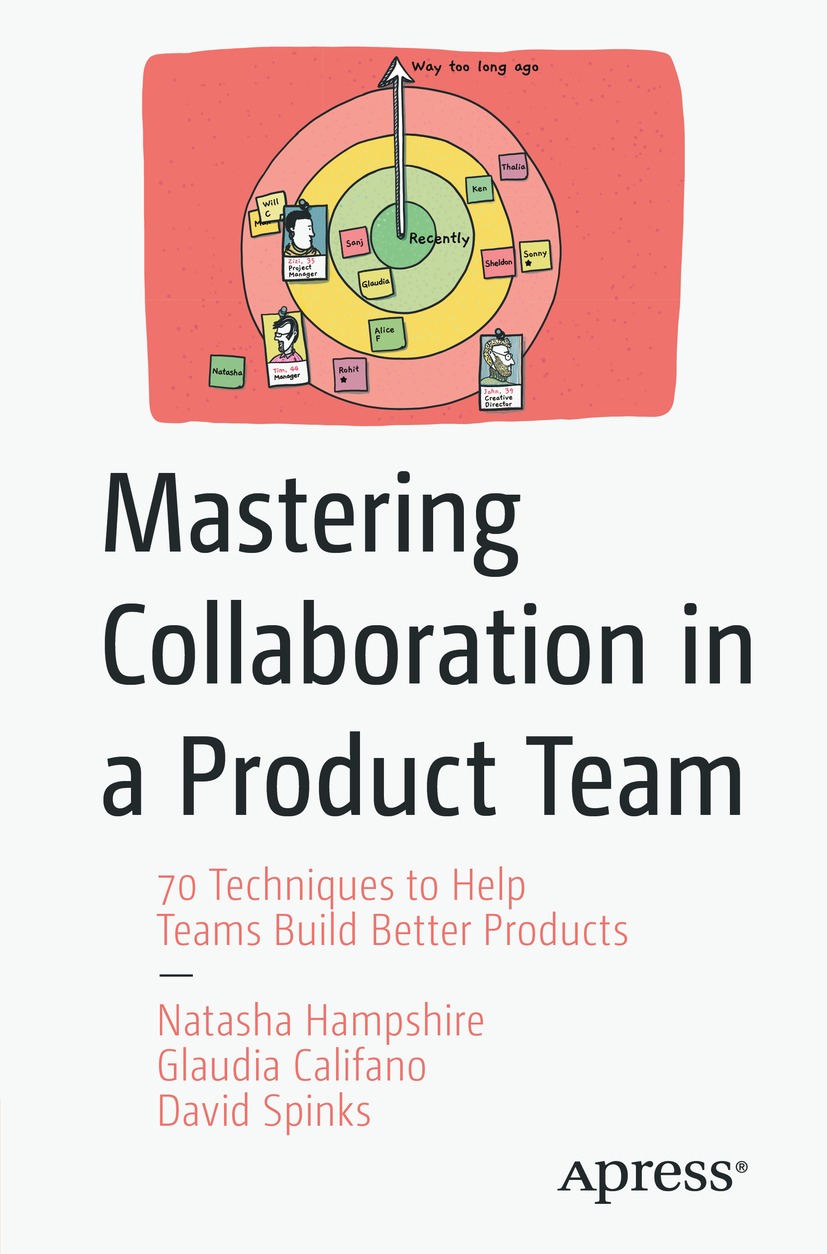Natasha Hampshire - Mastering Collaboration in a Product Team: 70 Techniques to Help Teams Build Better Products
Here you can read online Natasha Hampshire - Mastering Collaboration in a Product Team: 70 Techniques to Help Teams Build Better Products full text of the book (entire story) in english for free. Download pdf and epub, get meaning, cover and reviews about this ebook. year: 2022, publisher: Apress, genre: Home and family. Description of the work, (preface) as well as reviews are available. Best literature library LitArk.com created for fans of good reading and offers a wide selection of genres:
Romance novel
Science fiction
Adventure
Detective
Science
History
Home and family
Prose
Art
Politics
Computer
Non-fiction
Religion
Business
Children
Humor
Choose a favorite category and find really read worthwhile books. Enjoy immersion in the world of imagination, feel the emotions of the characters or learn something new for yourself, make an fascinating discovery.
- Book:Mastering Collaboration in a Product Team: 70 Techniques to Help Teams Build Better Products
- Author:
- Publisher:Apress
- Genre:
- Year:2022
- Rating:4 / 5
- Favourites:Add to favourites
- Your mark:
Mastering Collaboration in a Product Team: 70 Techniques to Help Teams Build Better Products: summary, description and annotation
We offer to read an annotation, description, summary or preface (depends on what the author of the book "Mastering Collaboration in a Product Team: 70 Techniques to Help Teams Build Better Products" wrote himself). If you haven't found the necessary information about the book — write in the comments, we will try to find it.
The nature of product development is changing. The most successful innovations are those that come from teams of people who are exploring problems together. Teams that build meaningful releases of their products iteratively and incrementally are opening the door for early feedback so that decisions can be taken to persevere or pivot based on evidence.
But how do you make the most out of a teams different perspectives, experiences and ideas? How can you instill a collaborative mindset in a product development team? How do you find out if your product idea actually has any value? How can you truly understand peoples needs?Mastering Collaboration in a Product Team is a toolbox of proven techniques from the field for the whole product team to use together to find answers to these questions and more. It is filled with practical tools to maximize your teams chances of success when developing products and services, from identifying opportunities, to the point of being able to confidently go into production.
What Youll Learn- Define peoples real problems and needs
- Collaboratively create innovative ideas
- Validate product/feature ideas quickly and cheaply as a team
- Explore a lightweight introduction to the techniques of modern product development
Product Owners, Product Managers, Business Analysts, Development Team Members, Designers, Scrum Masters, Agile Coaches or anyone in a role responsible for designing, developing, or sustaining products or services, with the purpose of maximizing their value.
Natasha Hampshire: author's other books
Who wrote Mastering Collaboration in a Product Team: 70 Techniques to Help Teams Build Better Products? Find out the surname, the name of the author of the book and a list of all author's works by series.















